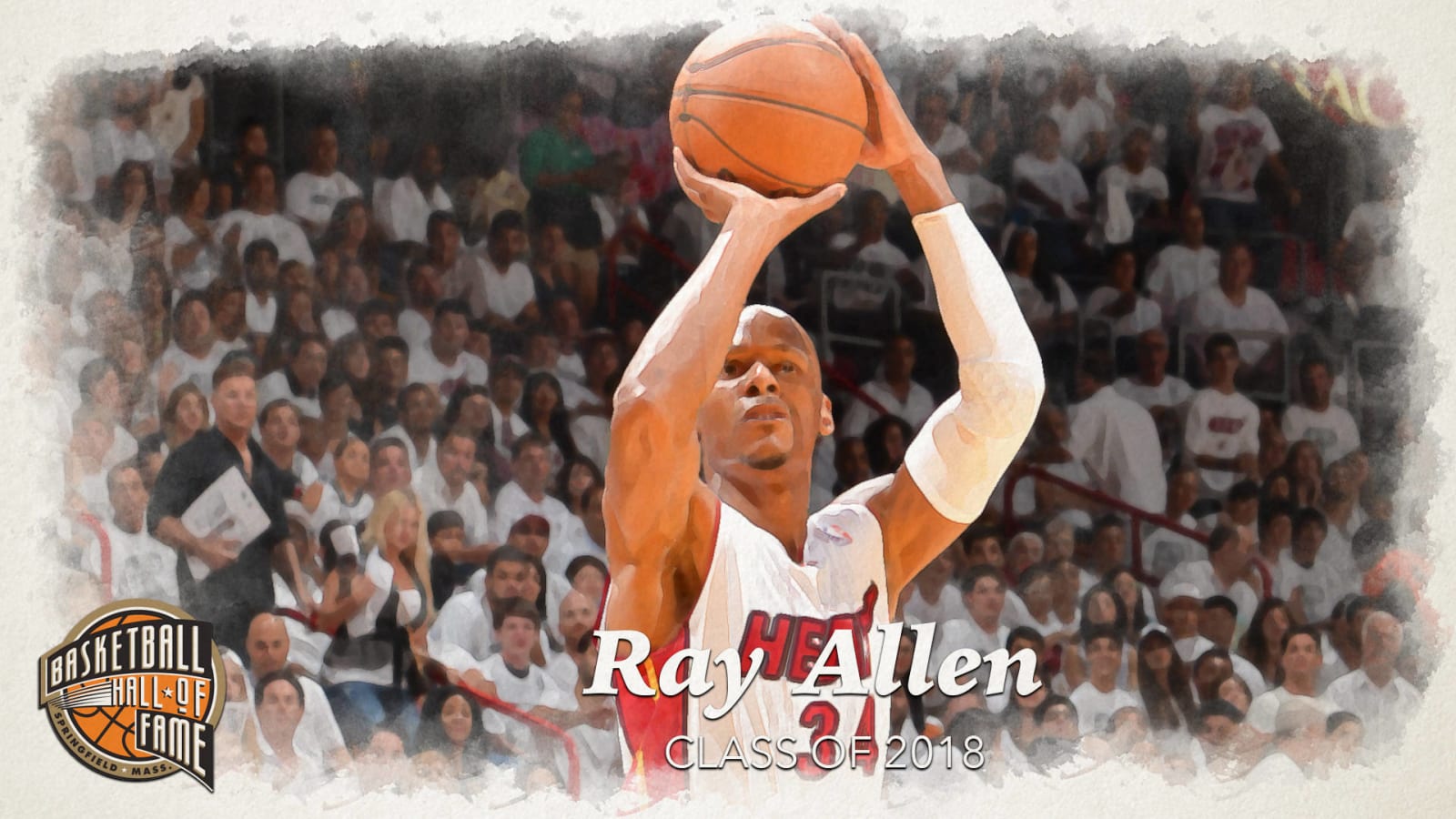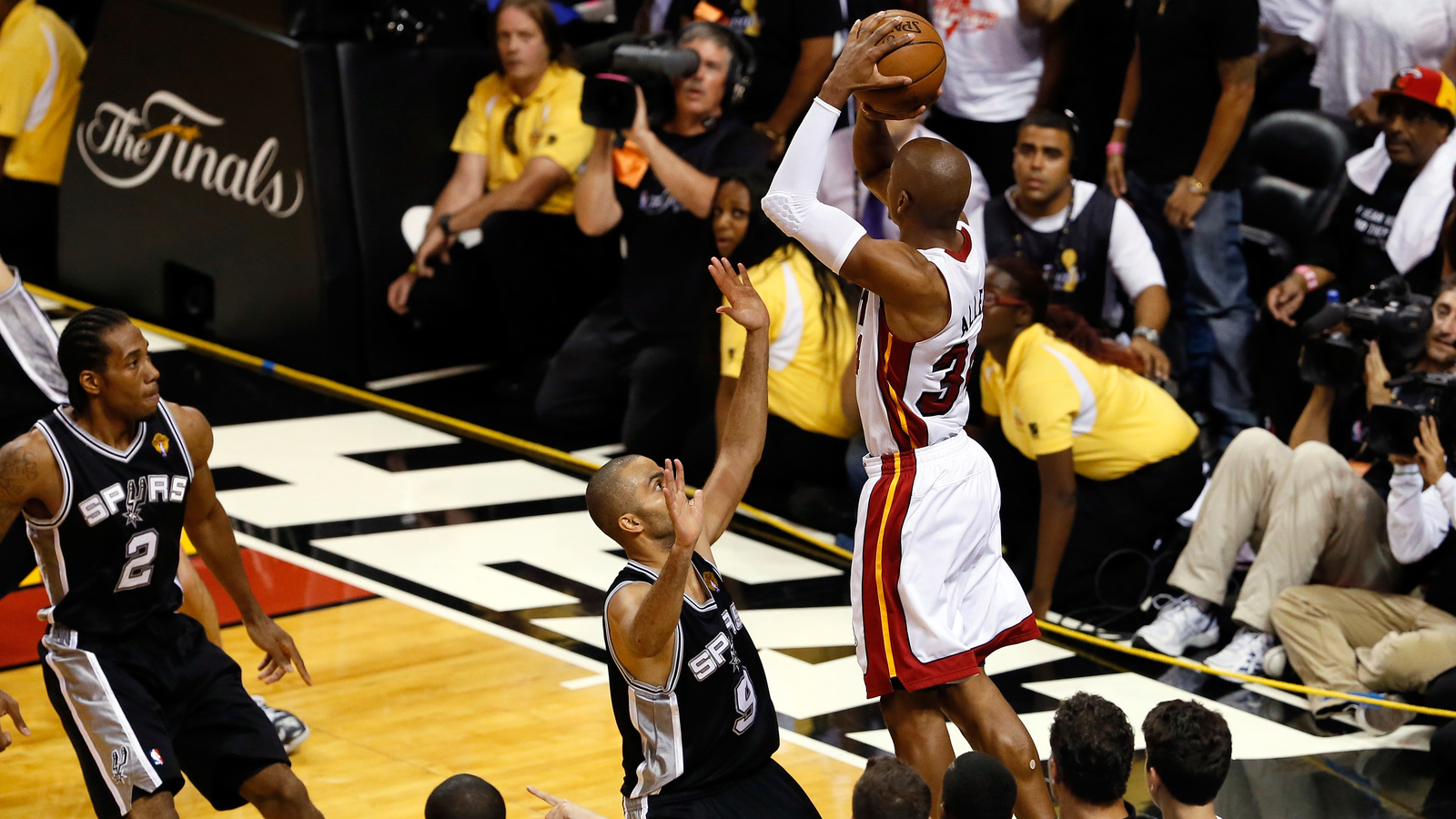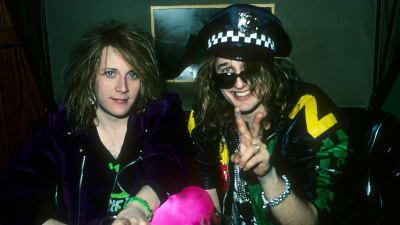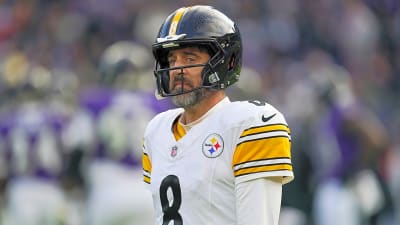
Ray Allen: He got Hall of Fame game
95-92, 11 seconds to go…Ray Allen crashes the paint as LeBron James’ three-point shot misses…8 seconds left…Chris Bosh corrals the rebound and spots Allen backpedaling towards the corner, calling for the ball…7 seconds…While still backpedaling to get behind the three-point line, Allen catches the pass, gathers and fires all in one motion…5 seconds…the shot swishes through the net as though there was never any doubt and Mike Breen screams “Bang!!!”
Here’s the thing about the most clutch shot in NBA history: there never was any doubt. This wasn’t just the NBA’s most prolific three-point shooter launching a game-tying three. This was a self-admitted, borderline-OCD case that had practiced this exact shot time and time again. A maniac who didn’t have to look down because he knew the exact number of backpedaling steps he had to take from the paint to get behind the arc. This was Ray Allen.
Raised in a military family in South Carolina, the importance of repetition, routine and hard work were drilled into Allen from an early age. When people later gushed about his “God-given” textbook jump shot, he would scoff at them, saying “Listen: God doesn’t care whether or not you make your next jump shot.” He was prideful of how much practice and dedication went into that jumper.
Allen’s obsessive, routine-driven work ethic would later rub some of his NBA teammates and coaches the wrong way, but it made for a perfect match during his three years at UConn with the hard-driving coach, Jim Calhoun. Allen later described the passionate New Englander in his Letter To My Younger Self, by saying, “This man is going to damn near break you, but he’s going to make you a much better player and person. This will be your introduction to what it really takes to be great.”
Together, the two would vault UConn to national recognition and Allen would develop into a two-time All-American, averaging 23 points and 6.5 rebounds a game his junior season. His most memorable moment at UConn was his showdown in the Big East Championship Game against Allen Iverson and the Georgetown Hoyas, dubbed the “Allen vs. Allen” classic. Down one in the waning seconds, Allen hit a circus shot to complete a wild come-from-behind win for the Huskies. Little did anyone know at the time, but this shot would pale in comparison to the most famous shot of his career.
After falling short in the NCAA Tournament, Allen entered the 1996 NBA Draft and was selected number five overall by the Minnesota Timberwolves (and traded to the Milwaukee Bucks). The 1996 draft class, which also included the likes of Kobe Bryant, Iverson, Steve Nash, Stephon Marbury, Marcus Camby, and other future All-Stars, would later be recognized as one of the top draft classes to ever enter the league.
Allen’s first couple of years followed a typical Hall of Famers’ career arch as he made the All-Rookie Team, elevated his game in his second and third seasons, then flourished into an All-Star in his fourth season. Overlooked because of his beautiful jump shot, was Allen’s athleticism in his early years. If there is such a thing as being “sneaky explosive,” Allen was the epitome, often dunking on unsuspecting shot blockers in spectacular fashion. In fact, Allen remains one of the few players to ever participate in both a dunk contest (1997) and three-point contests (which he won in 2001) during his career.
In 1998, just as Allen was emerging as a future superstar, he was asked by famed director Spike Lee to play the character of Jesus Shuttlesworth in a film with Denzel Washington titled, He Got Game. Allen’s portrayal of Shuttlesworth, who was a LeBron James-type high school prospect tasked with the decision of going to “Big State University” or declaring for the NBA Draft, was impressive – especially for a professional athlete. The film became ingrained into pop culture and the Shuttlesworth nickname stuck with Allen for the rest of his career, even making an appearance on the back of his jersey for a handful of Heat games.
In 2000-01, Allen’s fifth season, he averaged 22 points, 5 rebounds and 5 assists per game and was a few free throws shy of joining the 50/40/90 Club. By that time, George Karl had been hired to coach the Bucks and had surrounded Allen with other high-caliber players such as Glenn Robinson and Sam Cassell. The Bucks finished 2nd in the East that year and were the victims of one of the worst officiating performances in NBA History as they lost in seven games to Iverson and the Philadelphia 76ers. The officiating was so poor that Allen and Karl were both fined for claiming the NBA had rigged the series. After the Tim Donaghy scandal came to fruition years later, it became widely speculated that the series had, in fact, been fixed. Unfortunately for Allen, who was phenomenal in that series, this was the closest he would come to being the go-to guy on a team that made the NBA Finals.
Things quickly fell apart for the Bucks as Allen and Karl feuded, resulting in Allen being traded to the Seattle Sonics for Gary Payton. Allen’s four full seasons in Seattle were a mixed bag. On one hand, he increased his per game scoring and set new career highs each season, becoming widely regarded as one of the best shooters in NBA history during this stint. On the other hand, the Sonics only made the playoffs one season and were eliminated in the second round. As the team prepared to rebuild and move to Oklahoma City, Allen was traded to the Boston Celtics.
Trading for Allen in 2007 didn’t just give the Celtics another star to pair with Paul Pierce, it opened the door for the team to acquire Kevin Garnett, who had been hesitant to approve a trade to the Celtics unless the team was ready to immediately contend. The trio of superstars became known as the “Big 3” and helped usher in a new era of super teams in the NBA. Of the Big 3 members, Allen was asked to sacrifice the most as he went from taking 21 shots per game in Seattle to less than 14 a game in Boston. However, Allen still had his big moments and remained a go-to guy late in games.
In their first year together, the Big 3 dominated and lead the Celtics to an NBA-best 66 regular season wins. Despite some sputtering early in the playoffs, the team was able to advance to the NBA Finals against Kobe Bryant and the Los Angeles Lakers. In a series-changing Game 4, Allen played all 48 minutes and capped off a wild, 24-point comeback with a smooth, left-handed finish past Sasha Vujačić that gave the Celtics an insurmountable 3-1 series lead. The Celtics would finish off the Lakers in Game 6 and Allen would average over 20 points per game and shoot a blistering 52% from three-point land for the series.
The Big 3 Celtics continued to contend over the next four seasons, however, untimely injuries to Garnett, Kendrick Perkins and Rajon Rondo would ultimately derail each season. Allen, for his part, continued to perform at a high level throughout his tenure with Boston, setting all types of records, including surpassing Reggie Miller as the most prolific three-point shooter in NBA history. He also joined a short list of NBA players to score 50 or more points in a playoff game.
Towards the end of his run with the Celtics, the Miami Heat formed their own Big 3 with James, Bosh and Dwyane Wade. As the Heat emerged as the league’s most devastating force, the Celtics flirted with the idea of trading Allen at times during the final two years of his contract. Seeing the writing on the wall, in the summer of 2012, Allen turned down an offer to return to Boston to go play with the Heat at a discount. The move amounted to an act of treason in the eyes of the Celtics and, in the case of Garnett and Rondo, permanently fractured their relationship with Allen.

Allen spent the final two seasons of his career as an overqualified reserve for the Heat. He may not have started, but he was always on the court when the game was on the line. That brings us full circle to Allen’s Shot.
Down three games to two in the 2013 Finals, LeBron James and the Heat were trailing by five with 21 seconds remaining and on the verge of squandering one of the best in-game comebacks in Finals history. The Skip Baylesses of the world were ready to pounce on James for two late-game blunders. As NBA security guards wheeled the Larry O’Brien trophy out and began putting velvet ropes up around the court, James hit a three and Kawhi Leonard split a pair of free throws, making it 95-92. The Heat ran a play for James, who missed a three. Bosh grabbed the board and frantically found Allen for the iconic three-pointer. In a rare display of emotion, Allen screamed “Get those mother****ing ropes out of here!” as he went to the bench following his shot. The Heat would go on to win Game 6 in overtime and then Game 7 for the improbable championship.
Without Allen’s Shot, the Heat don’t win back-to-back titles and may have only won one championship in four seasons with James, Wade and Bosh together in their respective primes. Without Allen’s Shot, the Heat’s incredible 27-game win streak during the 2012-2013 regular season gets lost in time, having not been legitimized with a championship. Without Allen’s Shot, James’ legacy is forever altered and his turnovers down the stretch of Game 6 forever magnified in the MJ vs. LeBron debate. Without Allen’s Shot, Allen’s own legacy with the Celtics becomes more complicated with him having nothing to show for after leaving the Celtics for their rival. Simply put, Allen’s shot was one of the most iconic and important moments in NBA history.
When Ray Allen and the other members of the class of 2018 are officially inducted into the Hall of Fame, people will focus on the latter parts of his career – the Big 3 Celtics and The Shot. It is important to remember that, like his pretty jump shot, there was a lot more to Allen’s career than meets the eye. At his best, he was an All-NBA player, the rare sharpshooter who could also finish above the rim, one of the toughest matchups in the league. God may have blessed him with an NBA body, but it was his work ethic and determination that turned him into a 10-time All Star, a two-time championship, and now, a Hall of Famer.
More must-reads:
- Allen not expecting Hall of Fame congrats from ex-Celtics teammates
- Doc Rivers 'hates' rift between '08 Celtics teammates
- The 'Active NBA PPG leaders' quiz
Breaking News
Trending News
Customize Your Newsletter
 +
+
Get the latest news and rumors, customized to your favorite sports and teams. Emailed daily. Always free!








